15 years one-stop China custom CNC machining parts factory
Home / Product / Aluminum Parts /
As your aluminum CNC machining manufacturer, we have 40+ aluminum alloy materials, 100 CNC machining equipment, and 12 quality inspection processes. can provide you with a solution tailored to your specific needs.
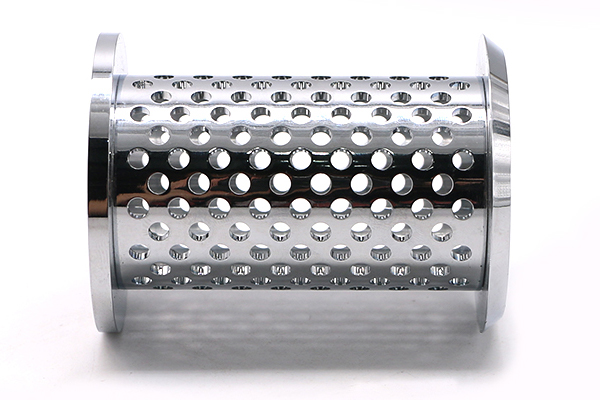
Product Specification:
13 years |
1 day |
0 pc |
90% |
|
Experience |
Lead time |
MOQ |
Countries customers |
| Custom Aluminum Plating CNC Parts Parts Precision Machining - OEM ODM CNC Milling Services Manufacturer - China VMT |
Custom Aluminum Plating CNC Parts Services
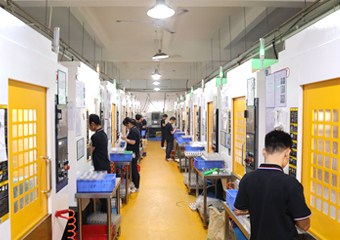
Custom Aluminum Plating CNC Parts Prototyping Machining
100 CNC machining equipment provide you with prototype manufacturing, evaluation, design and testing. We can complete CNC machining and delivery of aluminum plating CNC machining prototype parts according to your specific requirements within 1 day. |
|
|
|
|
||
Custom Aluminum Plating CNC Parts Surface Treatment |
Custom Aluminum Plating CNC Parts Material |
||
|
Our own material library can provide you with special materials such as stainless steel, brass, copper, aluminum, etc., with material testing reports attached. There are professional CNC aluminum plating CNC machining machining project engineers to choose the right materials for you. |
We can provide a variety of surface treatment services based on your Custom CNC aluminum plating CNC machining machining project: polishing, anodizing, powder coating, laser engraving, custom graphics, etc. 12 quality inspection processes ensure that your CNC machined parts have a yield rate of 98%. |
| Still selecting materials for your custom CNC machined metal aluminum plating CNC machining? Different materials have different properties, and you can customize the CNC aluminum plating CNC machining to your liking. Here are some common materials used in manufacturing metal aluminum plating CNC machining: |
|
|
|
||
|
|
|
||
|
|
12 Quality Inspection Processes
| Refined production standards, providing you with precision parts with a pass rate of up to 98% |
|
|
|
|
||
| DFM Analysis | Dimensional Tolerance | Material Testing | ||
|
|
|
|
||
| CNC Machining | FQC detection | SPC / CKP | ||
|
|
|
|
||
| Problem Found | Problem Solving | OQC Detection | ||
|
|
|
|
||
| Surface Treatment | Full Inspection | Package |
| The following is the manufacturing process of customized CNC machined metal aluminum plating CNC machining. Due to the need to protect the rights and interests of customers, the following picture is not the manufacturing process of this part and is for reference only: |
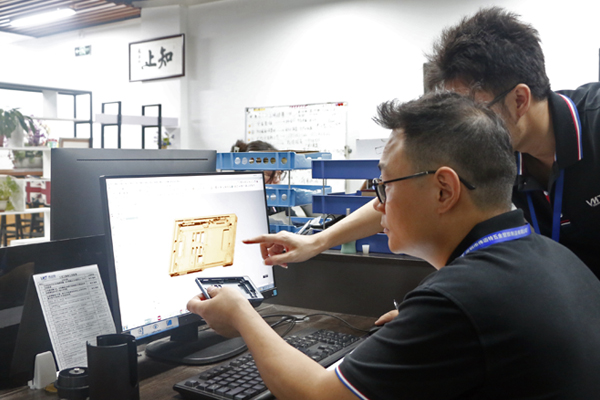 |
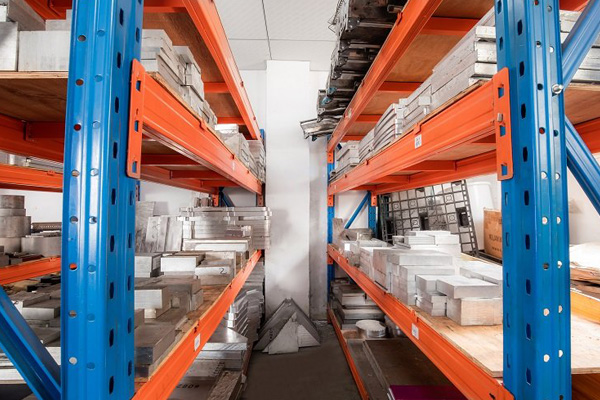 |
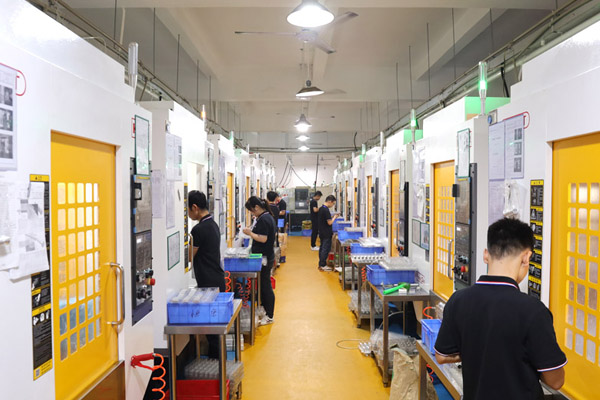 |
||
| DFM Analysis | Material | CNC Machining | ||
|
|
|
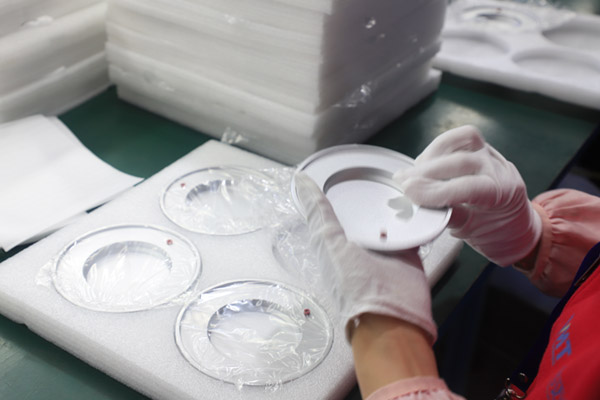 |
||
| Surface Treatment | Quality Inspection | Package |
|
Quality Testing Equipment |
|
|
|
|
||
|
|
|
|
||
|
|
|
|
Custom Aluminum Plating CNC Parts Parts Quality Assurance
|
Quality inspection reports are an important tool to ensure the quality and precision of your CNC machining work. We can provide a comprehensive overview of the finished product with a detailed test report on material and product performance, either from an in-house auditor or a third-party laboratory. Ensure finished product meets all customer requirements. |
|
Qualify Evaluation Report
For each order we receive, we can provide a list of quality inspection reports according to your processing requirements.
Inspection report
Certificate
ISO 9001:2015 IATF 16949:2015 ROHS Directive 12 patent certifications
|
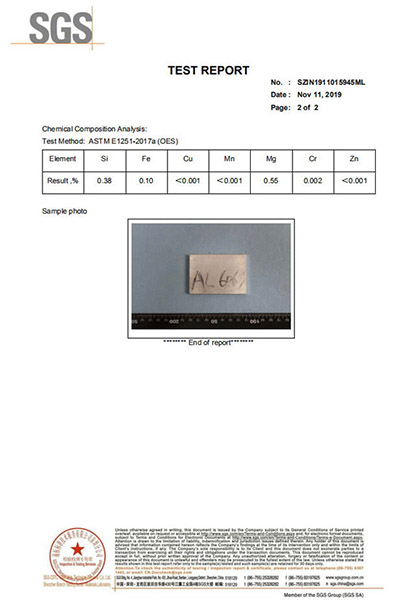 |
|
|
Custom Aluminum Plating CNC Parts Parts FAQs
|
1. What is CNC machining, and how does it apply to aluminum parts?
CNC (Computer Numerical Control) machining is a precision manufacturing process where computer-guided tools are used to cut, shape, and form aluminum parts from raw materials. It allows for highly accurate and complex designs. After machining, aluminum parts can undergo various surface treatments, including plating, to enhance their appearance, durability, and performance.
2. What is plating, and why is it used on CNC-machined aluminum parts?
Plating is a surface treatment process that involves coating a metal surface (in this case, aluminum) with another material to improve characteristics such as corrosion resistance, conductivity, wear resistance, and appearance. Aluminum parts are often plated with metals like nickel, chrome, or gold for both functional and aesthetic purposes.
3. What types of plating can be applied to CNC-machined aluminum parts?
4. Why is aluminum plating necessary after CNC machining?
Aluminum, although corrosion-resistant, can benefit from plating to:
5. How is plating applied to CNC-machined aluminum parts?
The aluminum part is first thoroughly cleaned and prepared, and then the plating process is applied using one of the following methods:
6. What are the advantages of plating CNC-machined aluminum parts?
7. What are the limitations of plating CNC-machined aluminum parts?
8. How does plating affect the dimensions of CNC-machined aluminum parts?
Plating adds a thin layer to the surface of the part, typically ranging from a few microns to 50 microns depending on the type of plating and its application. This added layer can affect the part’s dimensions, so it’s crucial to account for plating thickness when specifying tolerances in the design.
9. Can prototypes be created with plated CNC-machined aluminum parts?
Yes, CNC machining services often offer prototyping with plating options. Prototyping allows you to evaluate both the functional and aesthetic aspects of the part, including how well the plating adheres and performs in its intended application. It ensures that any design adjustments for thickness or surface finish can be made before full production.
10. What information should be provided when requesting a quote for plated CNC aluminum parts?
To get an accurate quote, you should provide: CAD drawings or design files with specific dimensions and details about the part’s features. Material specifications, such as the aluminum alloy (e.g., 6061, 7075). Plating requirements, including the type of plating (e.g., nickel, chrome, gold) and the desired thickness. Quantity required for the production run. Any specific surface preparation needed before plating (e.g., polishing, cleaning).
11. What are the common challenges in plating CNC-machined aluminum parts?
Adhesion: Achieving proper adhesion can be challenging if the aluminum surface isn’t adequately prepared. Cleaning and etching the surface is often necessary to ensure the plating bonds well. Evenness: It can be difficult to achieve uniform plating, especially on complex geometries or recessed areas. Compatibility: Not all metals bond easily with aluminum, so it’s essential to choose the right plating process and materials to ensure optimal results.
12. What industries commonly use plated CNC aluminum parts?
Automotive: Chrome-plated aluminum parts are often used in decorative trim, wheels, and other high-wear components. Electronics: Gold or silver-plated aluminum parts are used in electrical connectors, switches, and other components requiring excellent conductivity. Aerospace: Plated aluminum components are common in the aerospace industry for their strength-to-weight ratio and enhanced corrosion resistance. Medical devices: Nickel and chrome plating are used on aluminum parts in medical devices to provide durability, cleanliness, and corrosion resistance.
13. What is the typical lead time for custom plated CNC-machined aluminum parts?
Lead times vary depending on the complexity of the design, the type of plating, and the order quantity. Generally, lead times for machined and plated parts can range from 2 to 6 weeks. Prototyping or small-batch runs may have shorter lead times, while larger production orders may require additional time for surface preparation and plating.
14. How do I ensure that the plating adheres properly to CNC-machined aluminum parts?
Proper surface preparation is key to ensuring that plating adheres well to aluminum parts. This includes: Cleaning: Removing any oils, dirt, or oxidation from the aluminum surface. Etching: Roughening the surface to improve adhesion. Using an appropriate undercoat: In some cases, a layer of another metal (like copper or zinc) may be applied to improve adhesion before the final plating layer.
15. Can anodized aluminum parts be plated?
Typically, anodized parts cannot be plated without removing the anodized layer first. The anodized surface is a non-conductive oxide layer that doesn’t allow proper bonding of the plating material. To plate anodized aluminum, the anodized layer must be stripped, and then the plating process can begin. |
| We hope these CNC metal aluminum plating CNC machining faqs answer your questions. If you have more questions or require further assistance, please feel free to contact our dedicated customer support team. We're here to help you build the perfect custom CNC aluminum plating CNC machining just for you. |
Contact Us
 Related suggestion
Related suggestionGive us a call or send an inquiry to our emailbox, we will answer your doubts according to your customers' requirements, and quote you immediately.
